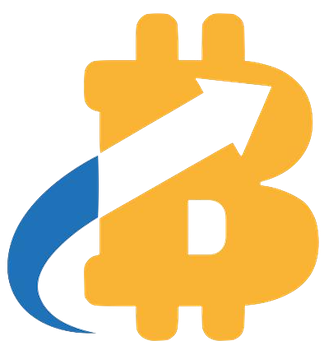In the wild and rapidly evolving world of cryptocurrency, where fortunes can shift within moments and market sentiments can be swayed by viral trends, the rise of memecoins has introduced both excitement and peril. Recently, Bitcoin’s flagship exchange, Coinbase, took a stance against unethical trading practices linked to these tokens, underscoring a significant issue—insider trading—that could undermine trust in the crypto ecosystem. In a statement made by Coinbase CEO Brian Armstrong, he cautioned traders that engaging in insider trading related to memecoins could not only jeopardize their financial stability but also land them behind bars. This article delves into these concerns and examines the broader implications of such illicit activities within the cryptocurrency landscape.
Armstrong’s remarks came in light of a concerning trend where some traders exploit insider information regarding memecoins for personal gain. According to an analysis by blockchain analytics firm Nansen, there are striking patterns of early trading—ways in which a select few capitalize on knowledge that remains hidden from the wider investing public. This manipulation reflects a potentially serious breach of market integrity, proving harmful not only to unsuspecting investors but also to the reputation of the industry as a whole.
For instance, reports of staggering profits amassed by early traders raise alarm bells. One trader, using the wallet called “HyzGo2,” reportedly realized profits of $5.1 million within merely an hour—a moment that could easily be seen as emblematic of broader systemic problems. While individual success stories garner media attention, the sobering reality is that a staggering 86% of investors in some memecoins like LIBRA lost everything. With losses totaling over $251 million, this situation clearly illustrates the tragic outcome that comes from a speculative mindset fueled by hype and deception.
Cryptocurrency, and particularly the memecoin market, appears to attract a diverse range of speculators. Many of these individuals, drawn by the allure of quick financial gains, have succumbed to the urge to chase after trends without fully understanding the risks involved. Armstrong highlighted the damaging consequences of such behaviors, emphasizing how perusing fast money through illegal avenues often invites severe repercussions as regulatory scrutiny intensifies.
Moreover, the statistics revealed by Chainplay indicate that 78% of investors were lulled in by the vibrant branding and marketing associated with political-themed memecoins. Shocking as it is, 37% of these investors were first-time buyers, many of whom entered the market under the impression that they were investing in promising projects rather than participating in a speculative gamble. As the hype eventually wanes, many investors face the painful reality of having their capital obliterated.
Despite the rampant fraudulent activities and the resultant financial devastation faced by many investors, Armstrong has not dismissed the potential of memecoins outright. Rather, he advocates for the notion that memecoins could evolve into genuine instruments within the cryptocurrency space. Drawing a parallel to artistic expression, he posits that memecoins could significantly benefit artists, serve cultural trends, and contribute to a more vibrant economy that values creativity.
Moreover, Armstrong aptly describes memecoins as “a canary in the coal mine,” hinting at a future where various forms of content, identities, and assets may become tokenized and integrated on-chain, demonstrating a wider paradigm shift in how we perceive ownership and value in the digital sphere.
In light of these developments, Armstrong emphasizes the critical necessity of eliminating unethical actors from the crypto landscape. Upholding principles of integrity and transparency should be paramount for the industry, particularly as it begins to secure its place in mainstream finance. The crypto community must prioritize innovation rooted in real-world applications, such as enhancing financial accessibility, lowering transaction fees, and providing stable income opportunities for individuals.
The story of memecoins is not merely a cautionary tale but rather a clarion call for responsible trading practices. Stakeholders in the cryptocurrency ecosystem, including investors and regulators, must unite to safeguard the community against dishonest practices while fostering a culture of genuine innovation and value creation. Ultimately, the journey of cryptocurrency continues, but the attention to ethics must remain a core priority—ensuring a future where both investors and pioneers of digital trade can thrive with integrity.



















Leave a Reply